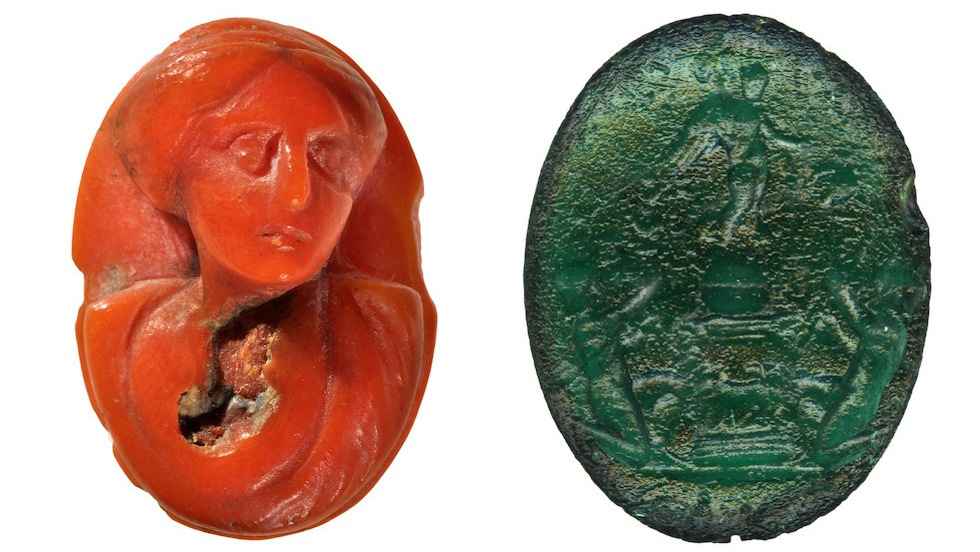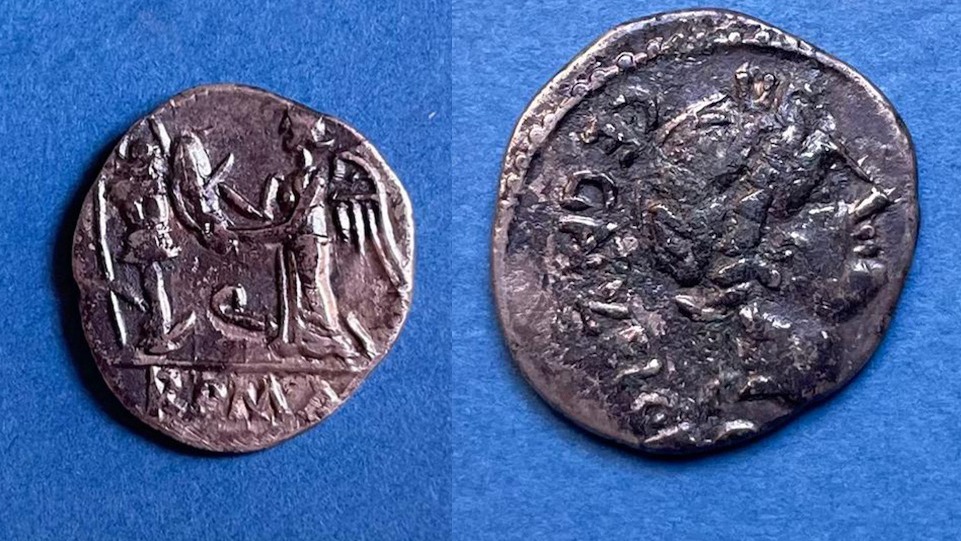Archaeologists in Italy have unearthed more than 3,000 coins and 50 gems, many of which were emblazoned with the images of ancient Roman deities.
The massive finding was made during ongoing excavations at Claterna (also spelled Claternae), a Roman town located near modern-day Bologna, according to a translated statement from the Italian Ministry of Culture.
"We are facing the largest non-stratified archaeological area in Northern Italy," Lucia Borgonzoni, the Italian undersecretary of state to the Ministry of Culture, said in the statement. "Given the importance and quantity of finds brought to light so far, we can probably speak of a Pompeii of the north."
Related: Scuba diver discovers 30,000 astonishingly well-preserved Roman coins off Italian coast
Previously, archaeologists at Claterna had found a forum, streets, a dwelling with multicolored mosaics and Roman baths. The latest excavations at this "magical place" unearthed thousands of coins, which were mainly cast of silver and bronze, according to the statement. While sifting through the currency, the researchers found one that was particularly notable: a quinarius, a rare silver coin minted in 97 B.C. by the Roman Republic. Archaeologists spotted it hidden in the remains of a corridor in a former theater.

The coin not only helped them confirm that the structure was built sometime near the end of the first century B.C. but also that Claterna was likely a "center of commerce" for ancient Romans and not simply a pilgrimage site, according to the statement.
"It was a trading center with direct contacts with Rome," Borgonzoni said.
Archaeologists also unearthed dozens of colored gems engraved with the likenesses of various deities and important structures, including the same theater.
Excavations at the site will continue, with researchers excavating only one-tenth, or around 44 acres (18 hectares), of the city so far. The ministry hopes to eventually restore the theater for future use.
"A large part of the site is still yet to be discovered," Francesca Tomba, the superintendent of Bologna, said in the statement.















